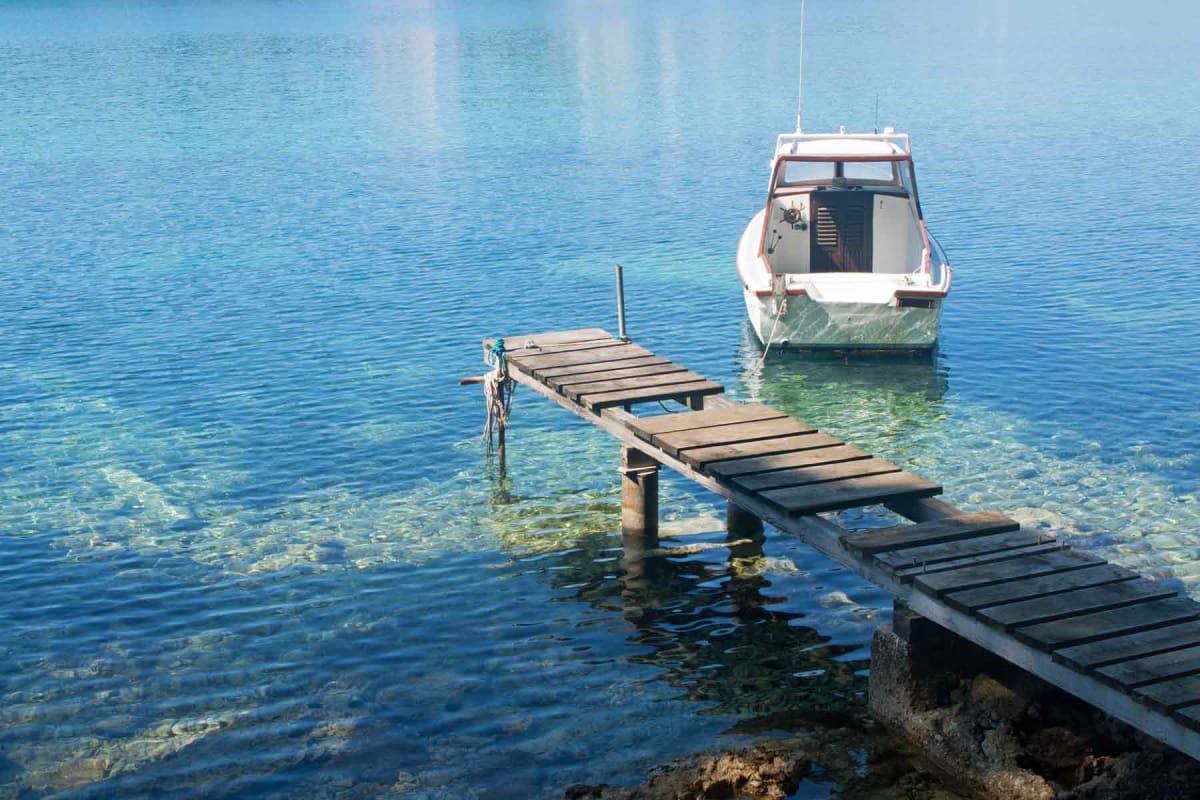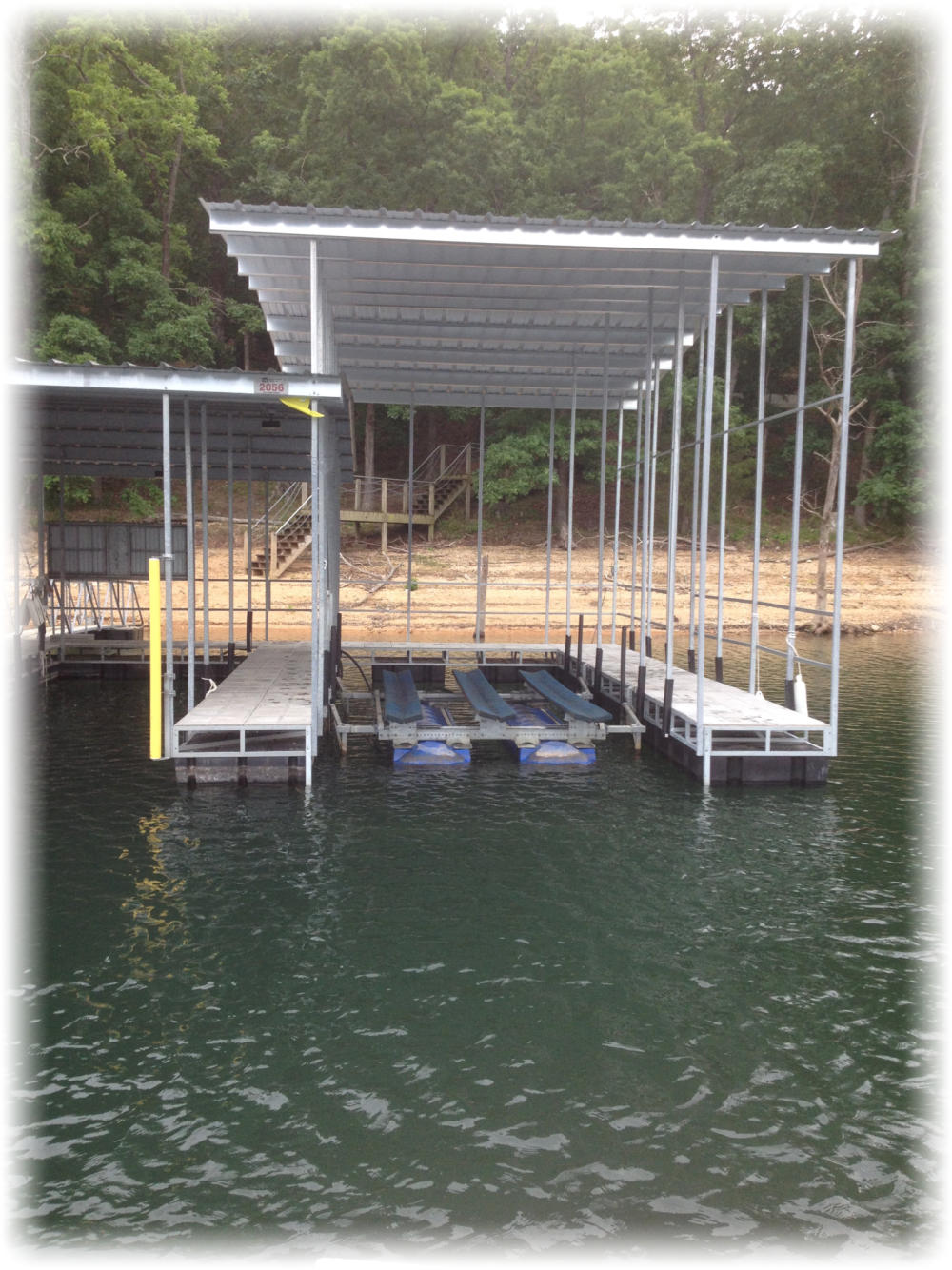DIY Tips for Simple Dock Repairs You Can Deal With
DIY Tips for Simple Dock Repairs You Can Deal With
Blog Article
Just How to Address Common Dock Repair Issues for Safe Water Activities

Identifying Common Dock Issues
Determining typical dock problems is important for keeping the functionality and safety of your waterfront building. Regular inspections can aid uncover troubles prior to they come to be serious, guaranteeing both the longevity of the dock and the safety of those who utilize it. One common concern is loosened or rusty bolts. Gradually, screws, bolts, and other bolts can come to be loose due to consistent direct exposure to water and climate aspects, resulting in structural instability.
Another usual issue is the destruction of flotation protection devices. These devices are essential for maintaining the dock buoyant, and any damages or punctures can trigger the dock to list or sink. Routinely looking for leaks or water logged floats can preempt a lot more substantial problems.
Additionally, algae and barnacle build-up on the dock's surface can create slippery and unsafe conditions. This biofouling not only postures a risk to users but can likewise accelerate the deterioration of the dock products.
Last but not least, examining for signs of corrosion on metal elements is vital. Rust can jeopardize the honesty of the dock's framework, making it hazardous. By routinely recognizing these usual dock issues, you can make sure that your dock remains useful and protected for several years to come.
Repairing Rotting Wood
When resolving the issue of decaying wood on your dock, it is critical to act quickly to avoid additional degeneration. Begin by extensively examining the whole framework to determine all impacted areas. Use a screwdriver to probe the wood; if it sinks in easily, the timber is likely decomposed and needs instant focus.
As soon as recognized, get rid of the deteriorated sections making use of a saw or carve. Make sure to reduce to healthy, solid wood, guaranteeing you remove all endangered material. After removal, treat the remaining timber with a timber chemical to avoid future rot. This treatment will aid protect against dampness, which is the key reason of wood decay.
Following, replace the removed areas with marine-grade lumber or pressure-treated wood, which are more resistant to water damage. Safeguard the brand-new items with stainless-steel or galvanized bolts to avoid corrosion. In addition, using a waterproof sealant to the new timber can offer an extra layer of protection.
Securing Loosened Boards
How do you guarantee your dock remains secure and functional for all its customers? One important facet is protecting loosened boards, which can or else position significant threats. Loose boards not only increase the threat of tripping however can likewise compromise the architectural honesty of the entire dock.

For reinstallation, use galvanized or stainless steel screws, as these products supply view it premium resistance to deterioration in marine environments. Make certain the screws are long sufficient to permeate deep into the underlying support structure, yet not so lengthy that they stick out via the dock's surface. Pre-drilling pilot openings can help avoid the wood from splitting.
Finally, maintain a normal evaluation routine to identify and resolve any type of new problems quickly. By securing loosened boards effectively, you contribute to the overall safety and security and durability of your dock, making it a trusted system for water tasks.
Stabilizing Unstable Pilings
Guaranteeing the stability of unstable pilings is critical to keeping a risk-free and functional dock. Unsteady pilings can jeopardize the entire structure, posturing considerable threats to users and potentially resulting in costly fixings. The primary step in maintaining these important parts is an extensive inspection. Examine the pilings for indications of rot, damages, or shifting. Make use of a level to look for vertical positioning and ensure they are driven deep sufficient into the substrate to supply adequate assistance.
If the pilings are found to be unsteady, one efficient method for reinforcement is the usage of added supporting. Cross-bracing with treated lumber or galvanized steel can considerably boost security. Anchor the dental braces firmly to both the pilings and the dock structure to disperse loads uniformly.

Normal maintenance and routine reassessment of the pilings' site here security are important to making certain long-lasting dock security and performance.
Changing Rusty Equipment
Dealing with unsteady pilings is simply one aspect of maintaining a dock's stability; one more essential problem is replacing rusty hardware. With time, direct exposure to dampness and salt can bring about the oxidation and deterioration of brackets, screws, and screws, compromising the entire structure's safety and security. Normal examination for rust is vital, especially after extreme climate or seasonal changes.
When corroded equipment is recognized, prompt activity is required. Begin by picking marine-grade stainless steel or galvanized equipment, both designed to resist the rough aquatic environment. Ensure that you have the proper devices, such as look these up screwdrivers and wrenches, to securely remove the old, rusty pieces without triggering additional damages to the dock.
After getting rid of the rusty hardware, extensively clean the influenced locations to get rid of any recurring rust or debris. Apply a rust-inhibiting guide to revealed steel surface areas before setting up the new equipment. Tighten all components securely to stop future helping to loosen, and periodically evaluate the fittings to ensure ongoing security.
Replacing rustic equipment not just prolongs the dock's life-span however likewise significantly improves the safety of water activities. By proactively managing corrosion, you protect both the framework and its users, ensuring a secure and pleasurable waterside experience.
Final Thought
Regular evaluations and upkeep are necessary to deal with common dock fixing problems and ensure secure water tasks. By identifying and fixing problems such as decomposing wood, loose boards, unsteady pilings, and rusty hardware, architectural security and durability can be significantly enhanced. The application of marine-grade materials and appropriate treatments additionally fortifies the dock against environmental stress factors. Such proactive measures add to the overall safety and security and performance of dock structures, fostering a safe environment for water-based tasks.
Guaranteeing the safety and security of water activities pivots substantially on the appropriate upkeep and repair of anchors (Dock Repairs). These devices are important for keeping the dock buoyant, and any type of damages or slits can trigger the dock to list or sink. By routinely recognizing these common dock issues, you can guarantee that your dock stays secure and practical for years to come
Guaranteeing the security of unstable pilings is paramount to preserving a useful and secure dock.Routine examinations and maintenance are essential to resolve typical dock repair problems and make sure secure water tasks.
Report this page